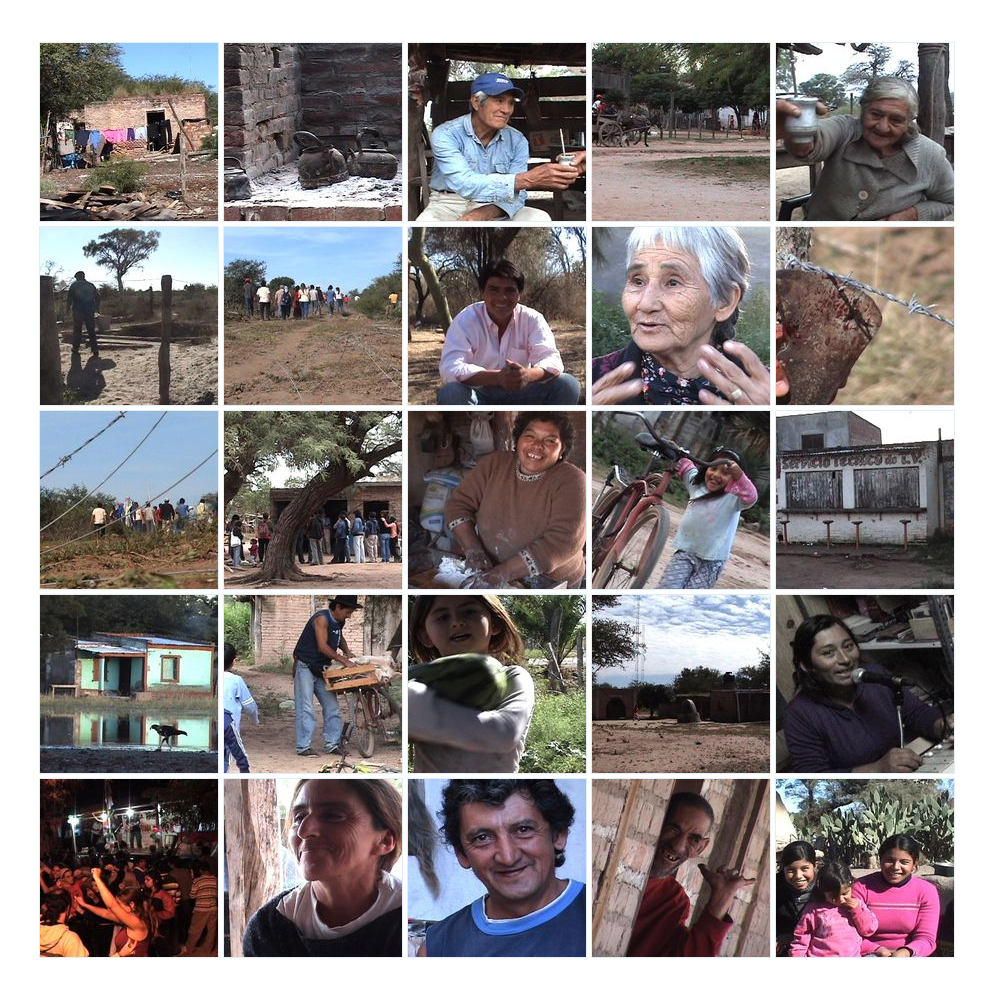3/26/2012: In many ways Sachamanta is not a typical documentary: The film’s concept was not clearly set in stone before shooting, but was developed as we watched the raw footage; The interviews were partly created by the interviewees themselves; The film’s story is told four times in different ways, without repetition.
All of this was intentional and should be explained. In addition to conducting interviews in the traditional way during the first set of interviews, we conducted a second set of interviews using unconventional method of interviewing people, in a group setting. In all four radio stations, the station operators interviewed eachother using a catalog of standardized questions. Two containers were placed on the table. The first container held a list with the names of the workshop participants, and the second one contained the standardized questions. Next, two names were drawn from the first container. The first person drawn took over the camera work, the second person was asked the question found in the second container. (After this person initially responded to the question, the rest were free to to answer the question from their standpoint.) After that, the camera was passed on to the next person, the one who had answered the question first, and it was the next person down the line’s turn to draw a new question from the containers.
The recurring questions in the film created a thematic link between the different radio stations as well as a comon thread in the footage.
The film is consists of several chapters which highlight the main themes of the film: land, the rights of the peasant and indigenous people, the need to organize, the structure of their organization MoCaSe-Via Campesina, the radio station, and the role of the children in the movement as well as in the radio stations. The thematic link described above made it possible to introduce the different radio stations without the risking of putting more emphasis or weight on one over another. This also prevented repetition. This method also highlighted key issues of the movie independent of time and space, while maintaining the suspense throughout the film.




